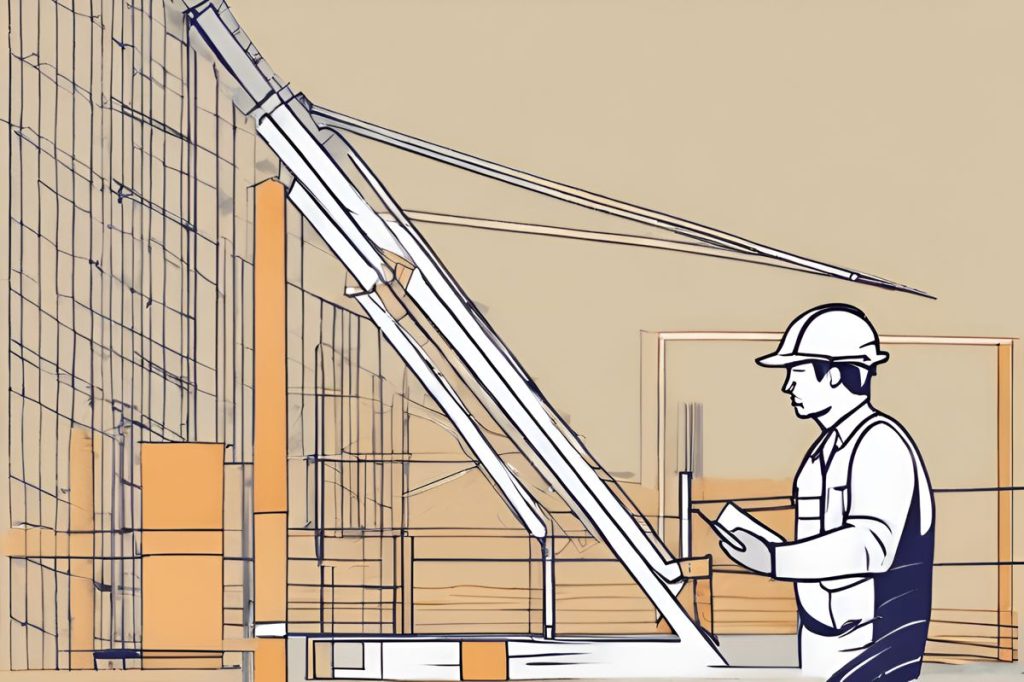In March 2024, the construction material price index in Cyprus increased by 0.21 percent, with metallic products witnessing a significant drop of 6.45 percent and wood falling by 0.59 percent compared to the previous month. Overall, the first quarter of 2024 saw a 2.05 percent decrease in material costs compared to the same period in 2023, indicating a potential easing of costs for construction projects in the country.
What is the current state of construction material costs in Cyprus?
In March 2024, the construction material price index in Cyprus stood at 117.19 units, representing a 0.21 percent increase from February. Metallic products saw a significant price drop of 6.45 percent, while wood and associated materials decreased by 0.59 percent. Overall, the first quarter of 2024 saw a 2.05 percent decrease in material costs compared to the same period in 2023.
Current State of Construction Material Costs in Cyprus
The construction sector in Cyprus has experienced a fluctuation in the cost of materials, with the latest reports indicating a noteworthy trend. The price index of construction materials, gauged monthly, stood at 117.19 units in March, taking the year 2021 as a baseline where the index is pegged at 100 units. This figure represents a modest climb of 0.21 percent in comparison to February’s data.
In the realm of construction, materials such as metallic products and wood, including insulation materials, chemicals, and plastics, underwent price adjustments. Metallic products, in particular, faced a sharp decline of 6.45 percent. On the other hand, the minor dip of 0.59 percent in the wood and associated categories was less dramatic but still noteworthy.
Variations Across Different Material Categories
Contrasting the downward trend in certain materials, other categories have seen incremental rises in their prices. Minerals experienced a 1.22 percent uptick, which was mirrored by increases in the electromechanical and mineral products sectors, witnessing raises of 0.48 and 0.46 percent, respectively. These variations exemplify the dynamic nature of the construction industry’s pricing structure.
When extending the lens to a broader timespan, the first quarter of the year unveils a more significant shift. From January to March 2024, the construction material price index in Cyprus fell by 2.05 percent in contrast with the same period in the preceding year. This decline is reflective of the overall deflationary pressure observed in recent times, indicating a potential easing of costs for construction projects.
The Broader Economic Implications
The change in material costs has a ripple effect that reaches beyond the immediate industry. Lower construction costs could potentially translate to more affordable housing and infrastructure development, thus propelling economic growth. Moreover, these price dynamics may also influence the real estate market, affecting both the commercial and residential segments.
Furthermore, the construction material price movement is an indicator of the economic health of the country, tied closely to consumer demand and industrial activity. A decrease in the price index could signal a period of adjustment where the market is responding to various economic forces, including supply chain issues and shifts in consumer spending.
Regional Comparison and International Trends
In analyzing the construction landscape, it is pivotal to consider the broader international context. Comparing Cyprus’s construction material price trends with those of neighboring countries can offer insights into regional market forces and economic conditions. Globally, the construction sector often grapples with challenges such as fluctuating raw material costs, labor shortages, and political uncertainties that can affect material prices.
Benchmarking against international standards, Cyprus’s construction material costs can serve as a measure of competitiveness. Differences in pricing may impact the flow of foreign investment in construction and real estate within the country. Keeping an eye on these trends is crucial for industry stakeholders looking to navigate the complex terrain of global construction economics.
What is the current state of construction material costs in Cyprus?
In March 2024, the construction material price index in Cyprus stood at 117.19 units, representing a 0.21 percent increase from February. Metallic products saw a significant price drop of 6.45 percent, while wood and associated materials decreased by 0.59 percent. Overall, the first quarter of 2024 saw a 2.05 percent decrease in material costs compared to the same period in 2023.
How have different material categories been affected by the recent price changes?
Different material categories have experienced varied impacts from the recent price changes. Metallic products witnessed a sharp decline of 6.45 percent, while minerals saw a 1.22 percent increase. Electromechanical and mineral products sectors also experienced slight increases of 0.48 and 0.46 percent, respectively. These variations demonstrate the dynamic nature of price fluctuations in the construction industry.
What are the broader economic implications of the changes in construction material costs?
The changes in construction material costs can have broader economic implications beyond the construction industry. Lower costs could lead to more affordable housing and infrastructure development, potentially fostering economic growth. These price dynamics may also influence the real estate market, impacting both commercial and residential segments. Additionally, the movement in material costs reflects the economic health of the country, tied to consumer demand and industrial activity.
How do Cyprus’s construction material costs compare internationally and regionally?
Comparing Cyprus’s construction material price trends with neighboring countries and globally can provide insights into regional market forces and economic conditions. Internationally, the construction sector faces challenges such as fluctuating raw material costs, labor shortages, and political uncertainties that impact material prices. Benchmarking against international standards can help assess competitiveness and attract foreign investment in construction and real estate sectors. Monitoring these trends is essential for industry stakeholders navigating the complexities of global construction economics.

